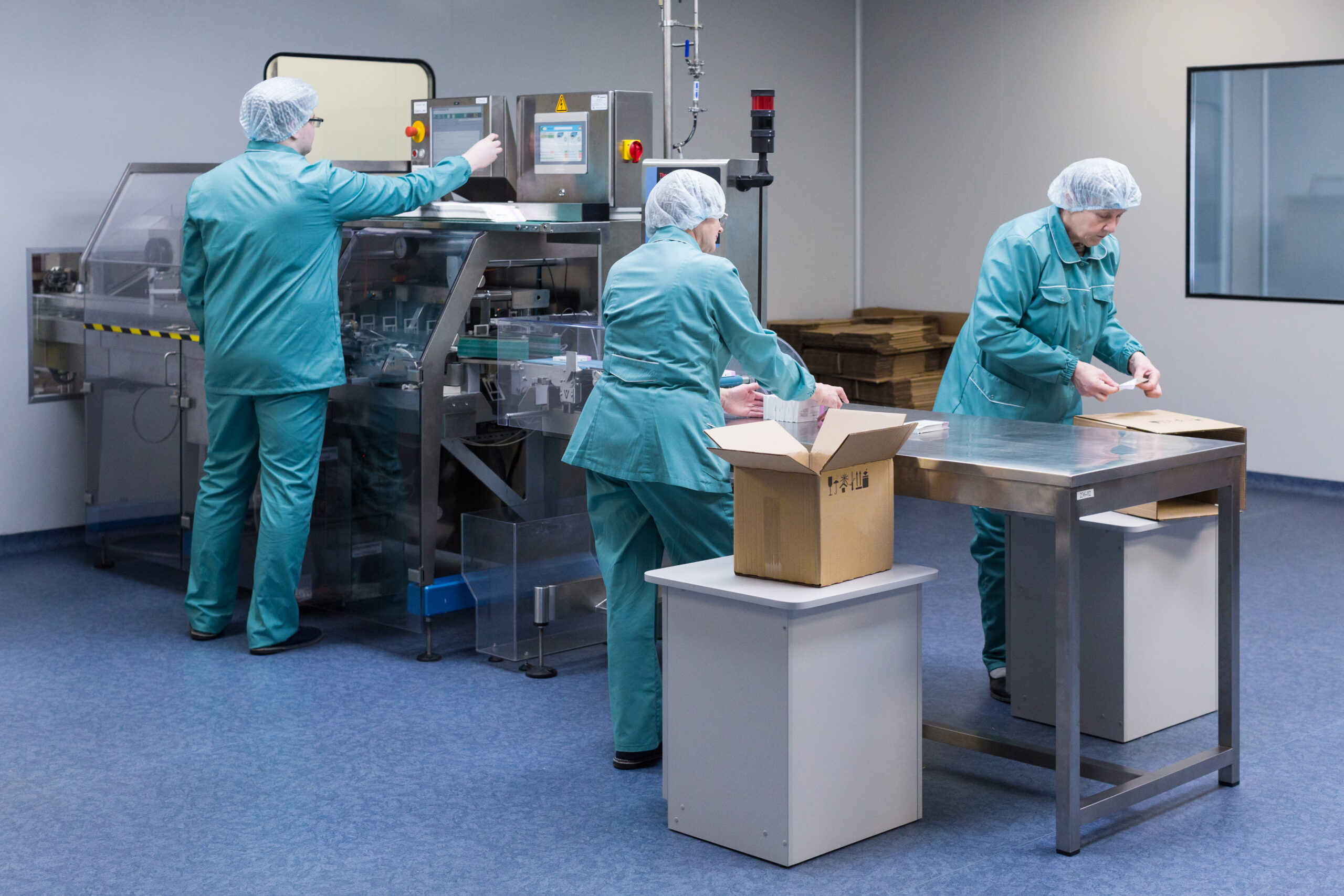The supply chain industry has undergone significant changes in the last decade as consumers demanded more from manufacturers, distributors, and retailers. The COVID-19 pandemic transformed business operations, amplifying the need for more visibility, efficiency, automation, and cost-effectiveness. Increased efficiency with lower operational expenses is highly valued in operating warehouses, particularly in an environment where warehouse costs continue to rise annually.
Warehouse management serves as the heartbeat of your supply chain. It helps to optimize procedures, create happy customers, and assure overall inventory profitability. Businesses must remember that inventory equals cash. Therefore, keeping expenses to a minimum through effective management is vital.
Every stakeholder involved at each stage of the supply chain must have a thorough perspective on warehouse operations. In this article, we will explore:
- Factors That Affect Warehousing Costs
- Seven Tips to Keep Warehousing Costs Down
The expenses of running a warehouse, such as rent, utilities, labor, insurance, maintenance, and taxes, are called “warehousing costs.” It also covers the price of the items kept in the warehouse, including related services like inventory management and order fulfillment. These are unavoidable for companies with significant inventory quantities for sale or distribution.
Factors That Affect Warehousing Costs
Calculating warehouse costs involves several factors. The business’s use of the warehouse and all related expenses, such as employee wages and utility bills, are considered when calculating warehousing costs. As a result, the storage price can vary significantly based on many factors, including facility location and the type of goods stored there.
We can divide warehousing costs into two major categories: rent and NNN/CAM fees.
Rent
Rent constitutes the majority of warehousing costs. According to a survey by Colliers, the average yearly price per square foot of rented warehouse space is $9.72, a 20.6% rate climb from 2022. Utilities, janitorial services, internet, and taxes add $2-5 to that.
Warehouse leases, however significant they may be, will hurt your budget, but implementing cloud-based technologies for your warehouse can impact productivity and efficiency. These solutions will ultimately lower your warehousing costs in the long term.
NNN/CAM Fees
NNN/CAM fees, also called “Additional Occupancy Expenses,” exist to pay for everything not included in your rent, such as utilities and taxes. Depending on how your landlord structures your warehousing costs, utilities might be assessed separately from them.
The actual amount your company will spend for warehousing varies greatly. The cost per item or square foot will vary; some are beyond your control. Here are some factors you can keep track of to help you understand your costs better:
Location
Location significantly impacts warehousing costs because some areas may be more competitive than others.
Additionally, they will be subject to various local tax laws and regulations. These conditions will affect the final fees assessed to companies using warehouse space.
Facility Type
Although your options for location may be limited, you have more control over the kind of warehouse you decide to use. Certain warehouse facilities, such as those with cold storage incorporated within temperature-controlled warehouses, may cost more. The prices will also increase if your warehouse has any level of automation or fulfillment for better logistics management.

Technology Integrations
Automated systems will always be more expensive than a traditional warehouse. However, they frequently compensate for these additional costs by streamlining your operations and lowering overall business expenses. With sophisticated analytics and tracking, warehouse processes become more efficient and error-free, resulting in improved deliveries and customer satisfaction.
Labor Costs
Labor costs are inherent for any warehouse, as staff must be compensated with a living wage. Rent includes the space and the work needed to maintain and operate it, so these expenses are considered.
Security and Insurance
A warehouse with better insurance and security costs more, but the added expense is worth it as it protects your stocks and investments.
Seven Tips to Keep Your Warehousing Costs Down
There are numerous strategies for reducing warehousing costs, with optimizing storage to minimize space requirements being one of the most fundamental. Learning the dimensions of the forklifts you’ll require for each merchandise category is a good start. Storage should be sorted according to the aisle width needed for forklift access. Select a tall, narrow rack design to reduce the required space.
Protecting merchandise is another excellent practice. Each year, damaged products, theft, and missing items result in billions of dollars in storage expenditures. Adequate inventory control and storage procedures should be implemented to reduce these issues.
1. Inventory Visibility
Inventory visibility across the entire supply chain delivers apparent and necessary benefits.
It’s especially relevant as we welcome a new generation of online buyers, various retail trends, and global swings in spending.
Every company’s needs are different. Business owners need to carefully consider the difficulties, demand cycles, and distribution methods to ensure the visibility of their inventory.
After that, finding a solution to increase the visibility of your company’s inventory will be much simpler. It will probably involve a combination of technologies, including RFID, barcode scanners, and other automation technologies.
2. Storage Optimization
Maximizing warehouse storage space allows you to keep more items in less room without worrying about crowded areas or inefficiencies. To achieve this, supply chain operators must gauge the building’s dimensions to improve the warehouse’s process flow. The facility’s layout must also be considered when deciding how to place and retrieve products.
Your warehouse’s increased flexibility helps save time, improve efficiency, and lower error-related expenses. More flexibility within a warehouse also improves the inventory management system, as there will be enough room between each forklift square for all the warehouse’s goods.
3. Theft Prevention
Theft is a significant concern for any business, and getting rid of warehouse thieves can be challenging. After all, items undergo multiple handling points and are occasionally difficult to distinguish. Using the right theft prevention strategy can lower your warehousing costs.
Inventory control systems can also monitor how goods are moved throughout the warehouse to reduce theft and wastage. Strong security measures, such as heavy-duty doors, alarms, night patrols, and other security systems, can further secure stored goods.

4. Cross-Docking
Cross-docking is an excellent strategy for reducing warehousing expenses. Instead of using intermediaries, your company distributes the product directly to the consumer. This distribution method has a lower cost across the board for a business. Although it doesn’t directly lower warehouse expenses, it does boost profits. Cross-docking also eases the pain points associated with warehouse management and optimizes the supply chain process.
5. Optimize the Picking Process
Reducing the distance traveled between warehouse picks can enhance the efficiency of picking procedures. Expenses are reduced significantly by cutting down on total trip time. To prevent losses from errors, ensure that the selection procedure is quick and precise.
Optimizing the picking process makes operations more reliable and allows the quick delivery of in-demand goods. Ensure every item within the warehouse is tagged for simple picking and identification. This will speed up warehouse operations and enable you to pick orders you must fulfill concurrently.
6. Slotting
Slotting, or organizing a warehouse’s capacity to maximize efficiency, systematically analyzes inventory data to classify and arrange stocks. The process increases a warehouse’s production and profitability and maximizes the overall effectiveness of your operations.
Slotting assists in arranging products in the warehouse in a practical way. It makes sure everything is set according to a plan to increase output. Slotting reduces warehousing costs by ensuring products are available at the appropriate time, in the correct location, and in the proper quantities.
7. Warehouse Management Systems
Warehouse management systems (WMS) are an excellent approach to managing your supply chain process and offering practical solutions to inventory issues. WMS can automate and optimize supply chain procedures, increasing inventory accuracy.
Implementing the correct WMS system can ensure you always have valuable information at your fingertips. Instant access saves you time and lets you make crucial decisions immediately. It may alert you to essential stock concerns or highlight new trends.
Conclusion
Warehousing costs are fundamental to running any supply chain and must be carefully monitored to stay competitive. Understanding the elements of warehousing, including the price of physical facilities, labor, and other maintenance, can help control costs and boost profits. Proactive planning ensures maximized efficiency of business operations.
Aratum provides flexible and modular software to help automate your warehouse operations. Keeping warehousing costs down is much easier when you can instantly access inventory data and multi-warehouse management capabilities. Book a demo and explore our supply chain solutions.
The featured photo of this article was sourced from wirestock on Freepik



